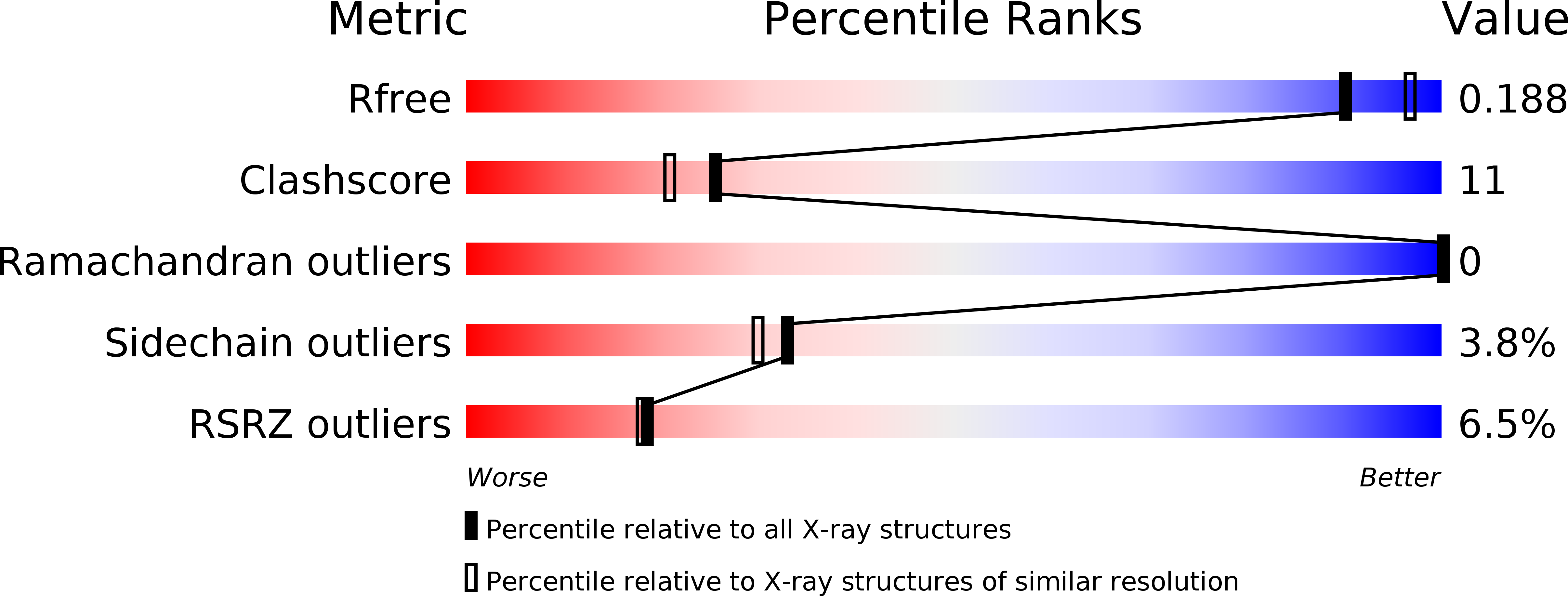
Deposition Date
2013-02-16
Release Date
2013-05-01
Last Version Date
2023-09-20
Entry Detail
PDB ID:
4J9K
Keywords:
Title:
Human DNA polymerase eta-DNA ternary complex: misincorporation G opposite T after a T at the primer 3' end (TA/G)
Biological Source:
Source Organism:
Homo sapiens (Taxon ID: 9606)
Host Organism:
Method Details:
Experimental Method:
Resolution:
2.03 Å
R-Value Free:
0.18
R-Value Work:
0.16
R-Value Observed:
0.16
Space Group:
P 61


